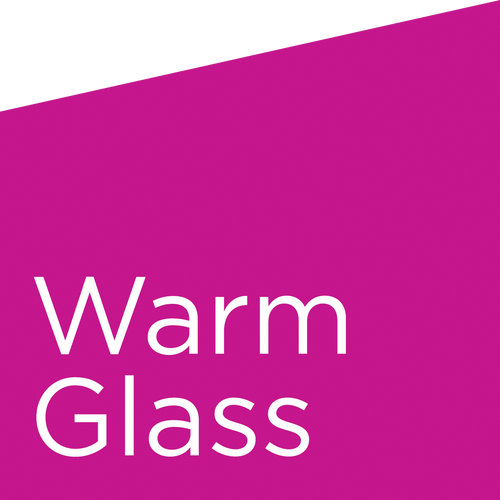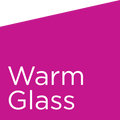When kilnforming, this glass style requires a longer initial hold time during firing to reach the target colour - please see the working notes below. This colour is a striker.
Contains:
Lead
May React With:
Selenium, Sulphur
Cold Characteristics:
Light transparent blue to lavender.
Working Notes:
Torch: This glass strikes to a deep transparent pink in the flame. Work in a cooler, oxidising atmosphere. May develop a light brown
colour on the surface of the glass if worked in the presence of too much propane (or fuel).
Kiln: A linear, streaked design may develop upon firing and may be visible whether fired lengthwise or on end. Hue and saturation may also differ slightly when compared to sheet glass; a wider range is accepted due to
changes that occur in the forming process.
Colour usually deepens on firing. Possible
dark interface reaction with selenium and/or sulphur glasses (0137, 1122, 1125,0124, 0125, 1137, 1437). Less viscous (softer) than most other glasses.
Some gold-bearing striking glasses, like this one, should be fired with a 2 hour hold at 663°C during the initial stages of the firing cycle. If fired without this hold, they may not strike at all, or they may strike but appear
spotty and have a blue-brown cast, as opposed to the desired target colour.
This full-fuse schedule should effectively strike these glasses:
Segment 1:
Rate (°C/hr) – *
Temp (°C) – 663
Hold – 2:00
Segment 2:
Rate (°C/hr) –333
Temp (°C) – 810
Hold – 0:10
Segment 3:
Rate (°C/hr) – 999
Temp (°C) – 482
Hold – **
* The initial rate of heat is not a critical factor in successfully striking gold-bearing glasses. Choose an initial rate of heat appropriate to the scale and design of the project that you are firing.
** Remainder of cycle depends on the thickness of the piece. Consult the Bullseye
Annealing Chart. For colour-sensitive projects, we recommend testing the cycle you plan to use by fusing a small sample of a similar setup in the same kiln as the project to best predict final colour results.
Other: Consider encasing with clear to protect the surface from developing a light brown colour in the hotter, neutral flame
chemistry that you would use for most other styles. We advise labelling all striking glasses.
All our glass is COE90, Bullseye Glass compatible and suitable for applications such as glass fusing, glass casting and glass slumping (unless otherwise stated in the description).


